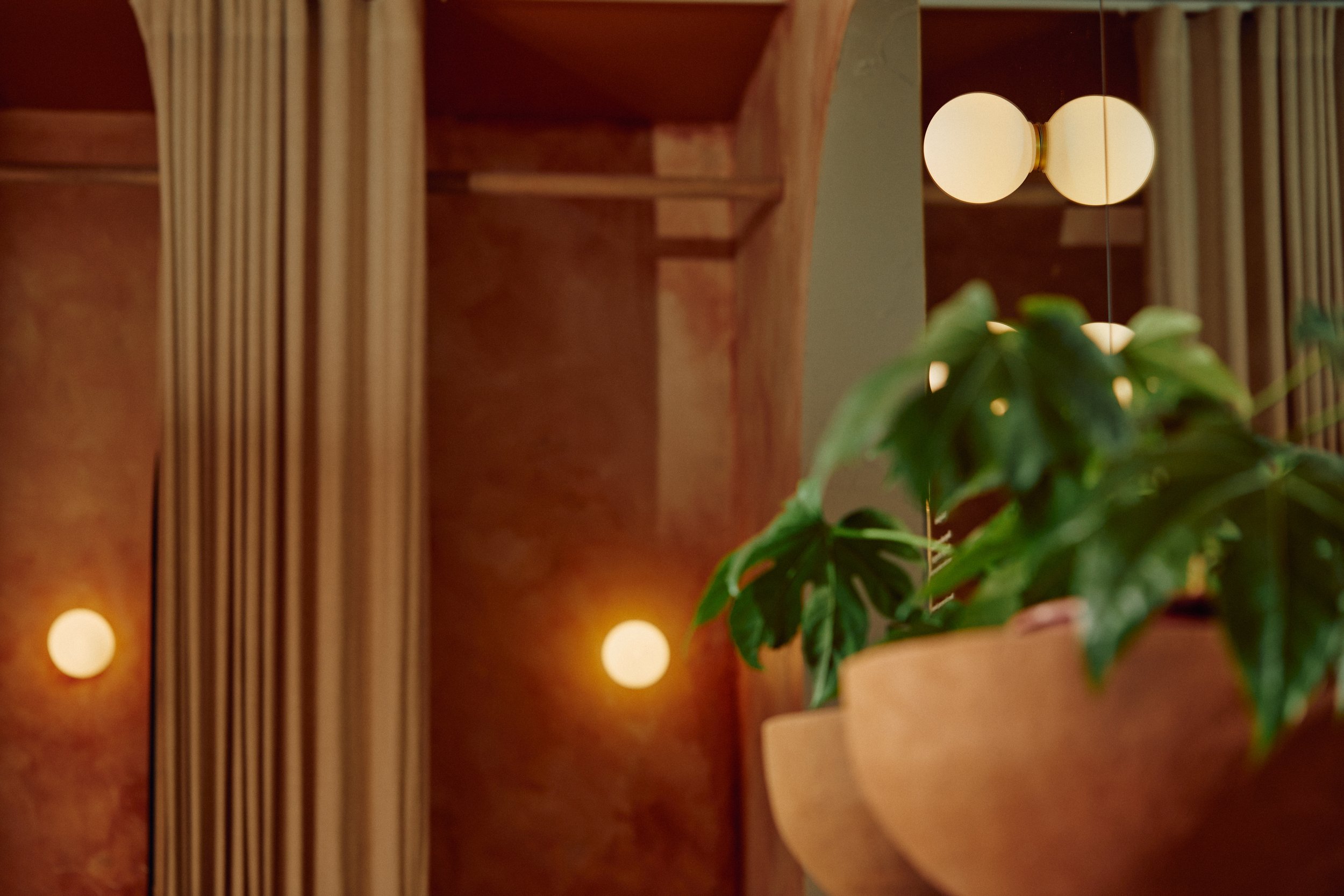The impact of spatial design on the self
We enter a space as the person we are today, and we bring our selves to any environment. Equally, the person next to us arrives with their own experience, expectation, mood, body. How does a built environment welcome or hinder each person that passes through it? As we move through many spaces on any given day, we may not even think about how the design, layout, appearance, height or light affect how we feel. We might intuitively feel that we like or dislike certain spaces more than others. We can feel welcome or unsettled, at home or disconnected, without always knowing why.
On the other hand, attention to these elements in design can make a world of difference to a built environment. In the book Therapeutic Landscapes, David Conradson writes about the concept of stillness, and how this can be experienced in natural and built environments. Stillness, he writes, is ‘an internal state of calm in which a person becomes more aware of their immediate, embodied experience of the world and less concerned with events occurring “out there”.’ As Conradson says, we don’t necessarily have to be in the natural world, or a completely quiet environment, to find stillness. We might find it on a train or plane journey, anywhere that might give us some ‘insulation from external demands, or at least lowers expectations regarding a quick or immediate response to them.’ We can then see how stillness is as much a subjective space in our minds as it is the environment we occupy.
In public spaces, the built environment has the capacity to cultivate stillness or stimulation, feeling at different times chaotic or restful. A public library can be both quiet yet humming with conversation and movement; a cafe can have just the right amount of background noise for us to find an inner stillness and even creative focus, or be just too crowded to enable us to feel settled or supported.
In the bathhouse, the environment is functional in that it offers some essential features: entranceway, changing rooms, the baths, the sauna, the cold pool, and yet there is a lot in their design that gives room for creativity, openness, change and stillness. At the heart of the bathing environment is the experience it allows us to have. Creating intuitive interactions might be one way to cultivate stillness- we can relax when we aren’t questioning whether we’re moving through a space in the ‘right’ way, when we don’t have to read a long instruction list but can simply move through each room with just the right amount of guidance. The bathhouse is a space invites us to be idle: somewhere to sit and read, to drink tea, to close our eyes and simply be present.
We invite you to notice the details that create a bathing experience. The procession through rooms acting as discrete steps in a slow ritual, inviting you from one space to the next with gentle clarity, but expecting nothing from you.
Words by Katherine Brabon


